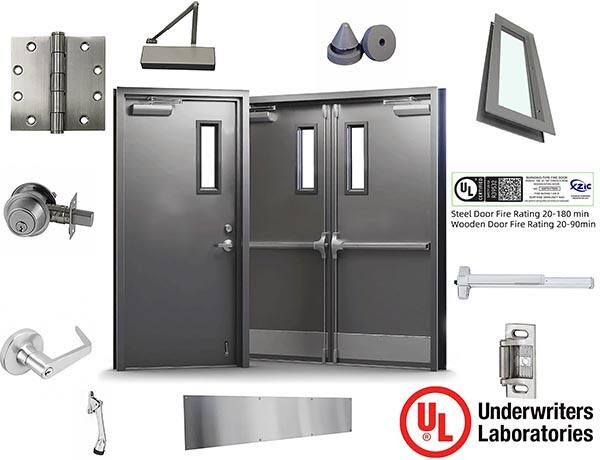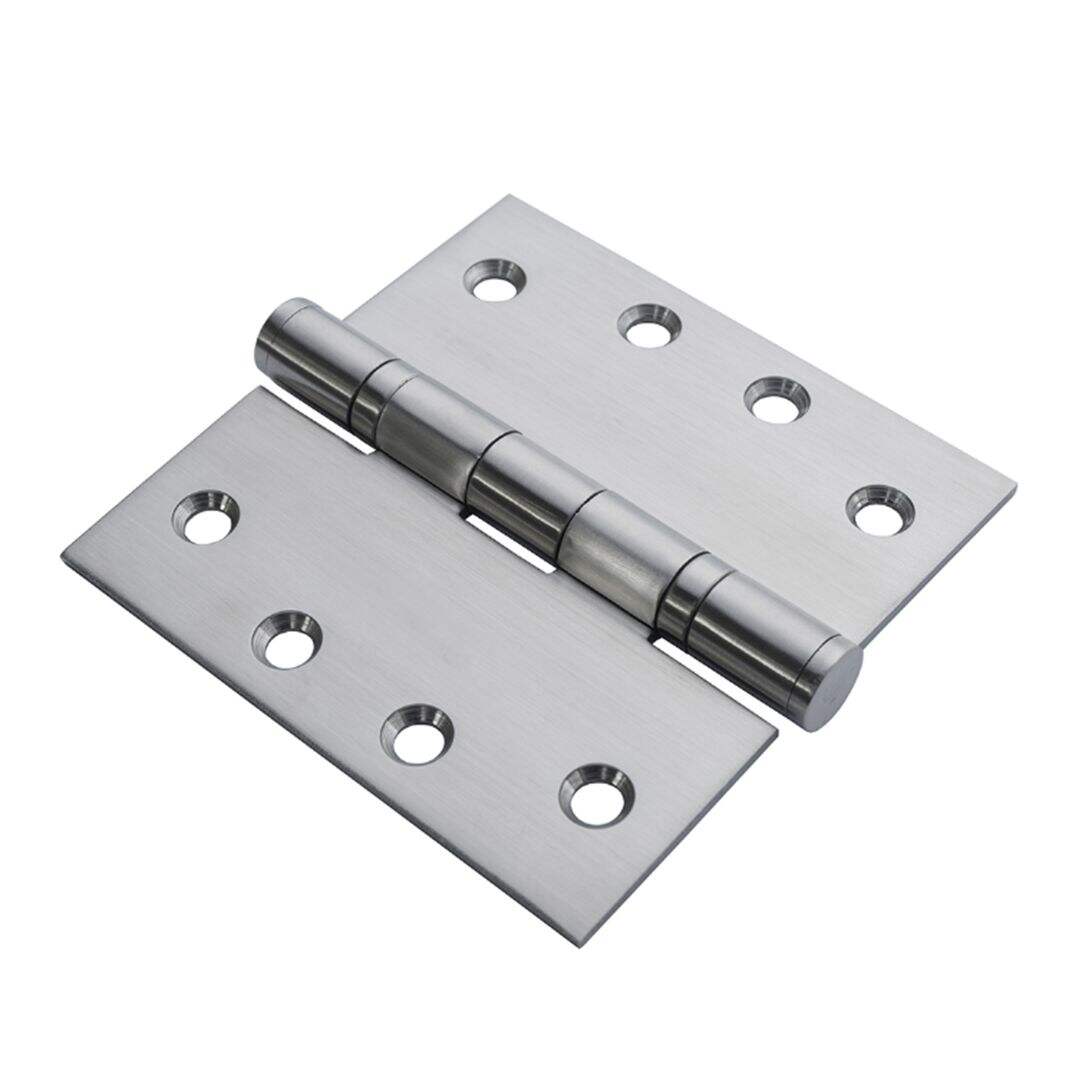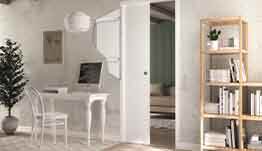What are the advantages of steel fireproof doors compared to other materials?
1. Stronger fire resistance
High fire resistance limit: Steel doors usually use double-layer steel plates + fireproof filling materials (such as perlite, silica-acid alumina cotton, etc.), with a fire resistance limit of up to 3hours or even higher, suitable for high-risk areas such as high-rise buildings and computer rooms.
High stability: Steel does not deform easily at high temperatures and can maintain structural integrity for a longer period of time.
2. Durability and Strength
High impact resistance: The steel has a high hardness, which can withstand external forces (such as impacts, theft attempts) and is suitable for places like warehouses and computer rooms that require security or protection.
Corrosion resistance treatment: High-quality steel doors will be treated with processes such as galvanization and powder coating to extend their service life. However, wooden doors are prone to moisture absorption and insect damage.
3. Low maintenance cost
Resistant to aging: The steel material has good stability and is not prone to deformation or cracking due to temperature and humidity.
Easy cleaning: The surface is smooth. The fireproof glass door requires frequent cleaning and maintenance of the sealing strips.
4. Economy
High cost-effectiveness: Although the unit price may be higher than that of wooden fireproof doors, they have a longer lifespan, require less maintenance, and have lower long-term costs. Glass fireproof doors are usually more expensive (requiring special fire-resistant glass).
5. Wide range of application scenarios
Public places: hospitals, shopping malls, subways and other densely populated areas (taking into account fire prevention and theft prevention).
Industrial field: Oil depots, power distribution rooms, etc., are environments that require explosion-proof and corrosion-resistant properties.
High-rise buildings: Comply with the strict requirements of fire safety regulations for fire separation of load-bearing walls.
6. Standardization and Certification
The production process of steel fireproof doors is mature, and the detection and certification system is complete (such as GB12955-2008), ensuring more stable quality control.
Compared with other materials, the shortcomings of wooden fireproof doors are as follows:
- The fire resistance performance depends on chemical treatment, and it may deteriorate over time;
- It is aesthetically pleasing but has low strength.
Glass fireproof door: Good light transmission but usually has a relatively low fire resistance limit (below grade B), and the price is high.
Composite material door: Lightweight but with inferior overall performance (such as anti-theft capabilities) compared to steel doors.
Recommendations for selection
Preferred steel: When high fire resistance, anti-theft and durability are required (such as in fire escape routes, exterior walls).
Other materials: Wood is suitable for enhancing the interior aesthetics (such as in hotel guest rooms); Glass doors are suitable for areas requiring good lighting (such as corridor partitions).
The advantage of steel fireproof doors lies in their balance between performance and cost. They are the preferred choice for most demanding environments.
Below attached the contact information
E-mail:[email protected]
Tele:+8615903871355
Company website:https://www.ulfiredoormfg.com/
Recommended Products
Hot News
-
UL fire door Regulatory and Certification Requirements
2025-08-08
-
What are the types for fire Doors?
2025-07-12
-
Why Hollow Metal Doors Are a Cost-Effective Long-Term Solution for Businesses
2025-07-23
-
What’s the price difference for UL LISTED FIRE DOOR of mahogany/oak/ beech/walnut veneer finish compared with Formica /TAK/ Wilsonart Laminated finish ?
2025-07-31
-
What is MDF (medium-density fiberboard) Door?
2025-06-15
-
Essential Aspects of UL Metal Fire Door Inspection
2024-01-02
-
XZIC Delivers Superior Quality UL Fire Doors to Our Valued Client in Qatar
2024-01-02
-
Can hollow metal doors be insulated?
2024-01-02
 EN
EN
 AR
AR
 BG
BG
 NL
NL
 FR
FR
 DE
DE
 EL
EL
 IT
IT
 KO
KO
 PL
PL
 PT
PT
 RO
RO
 RU
RU
 ES
ES
 TL
TL
 IW
IW
 ID
ID
 UK
UK
 VI
VI
 TH
TH
 FA
FA
 AF
AF
 MS
MS
 SW
SW
 BE
BE
 UR
UR
 BN
BN
 KM
KM
 LO
LO
 LA
LA
 MI
MI
 MN
MN
 MY
MY
 KK
KK
 MG
MG
 SU
SU
 TG
TG
 UZ
UZ
 KY
KY
 XH
XH











